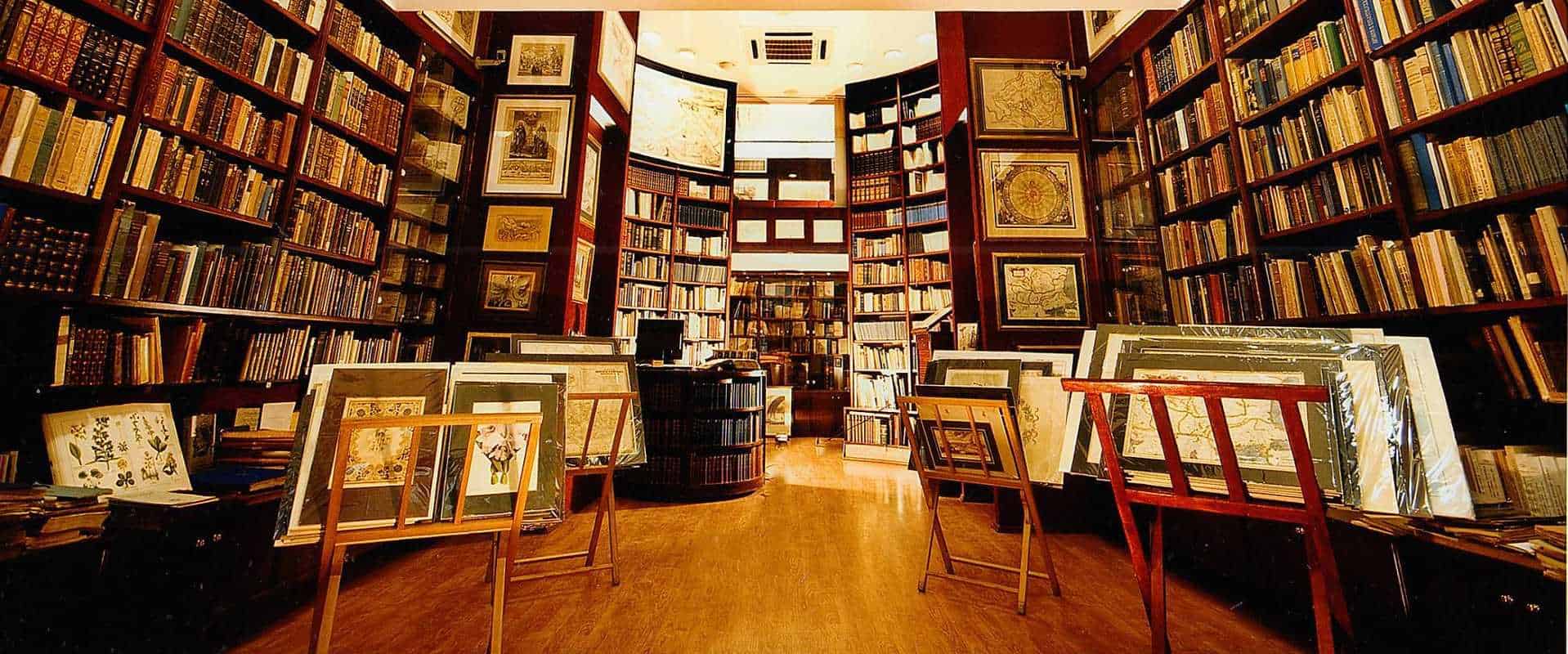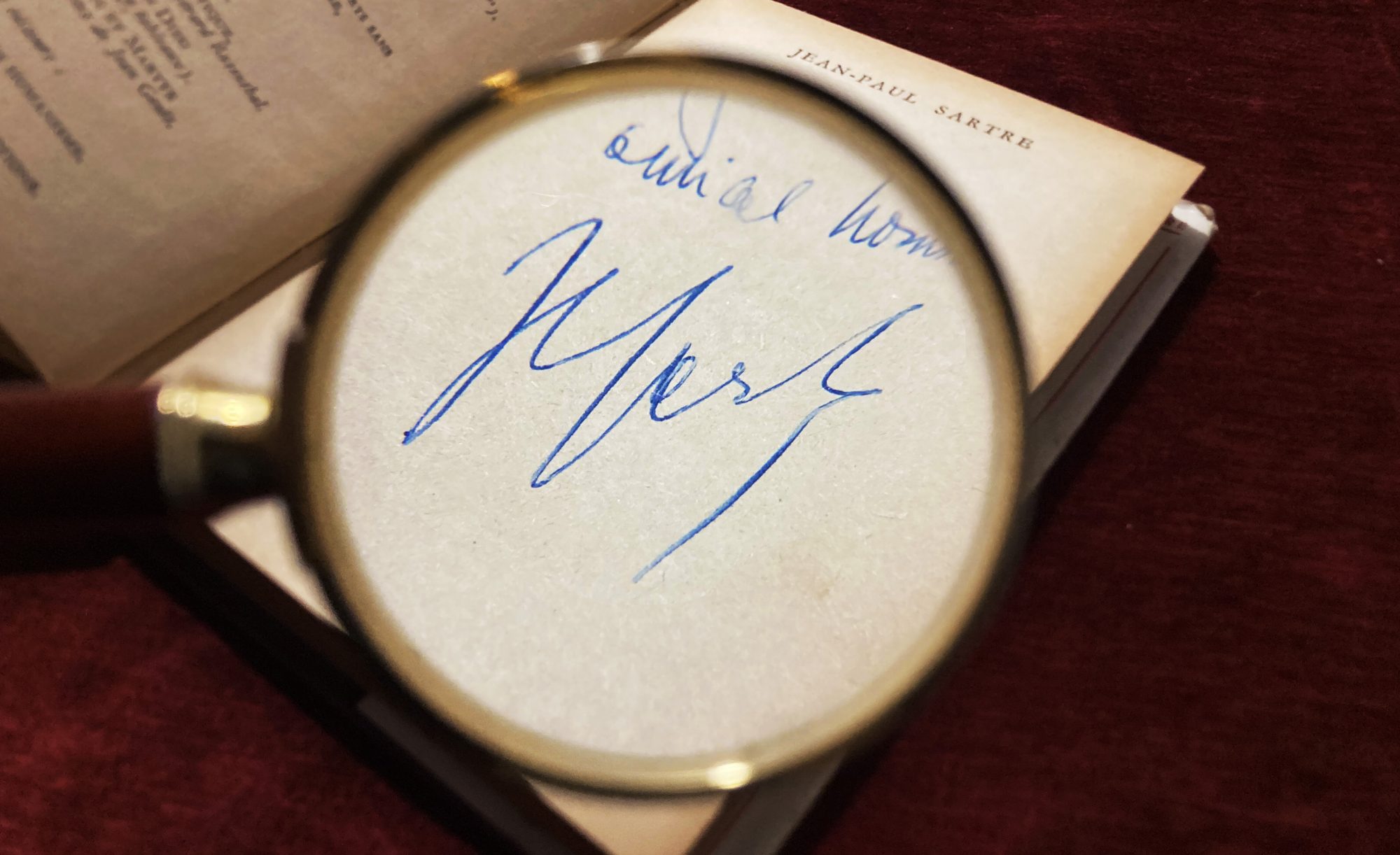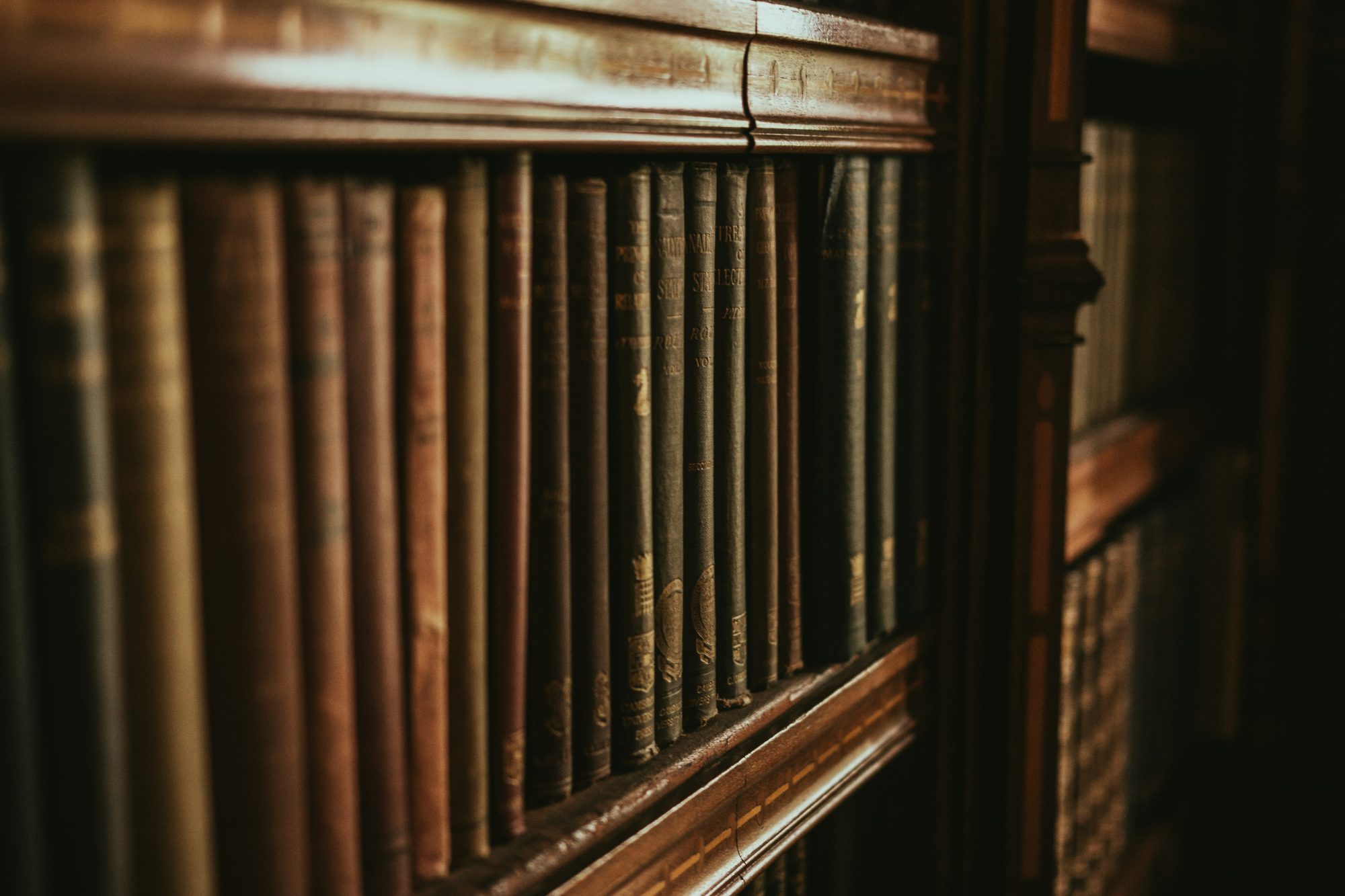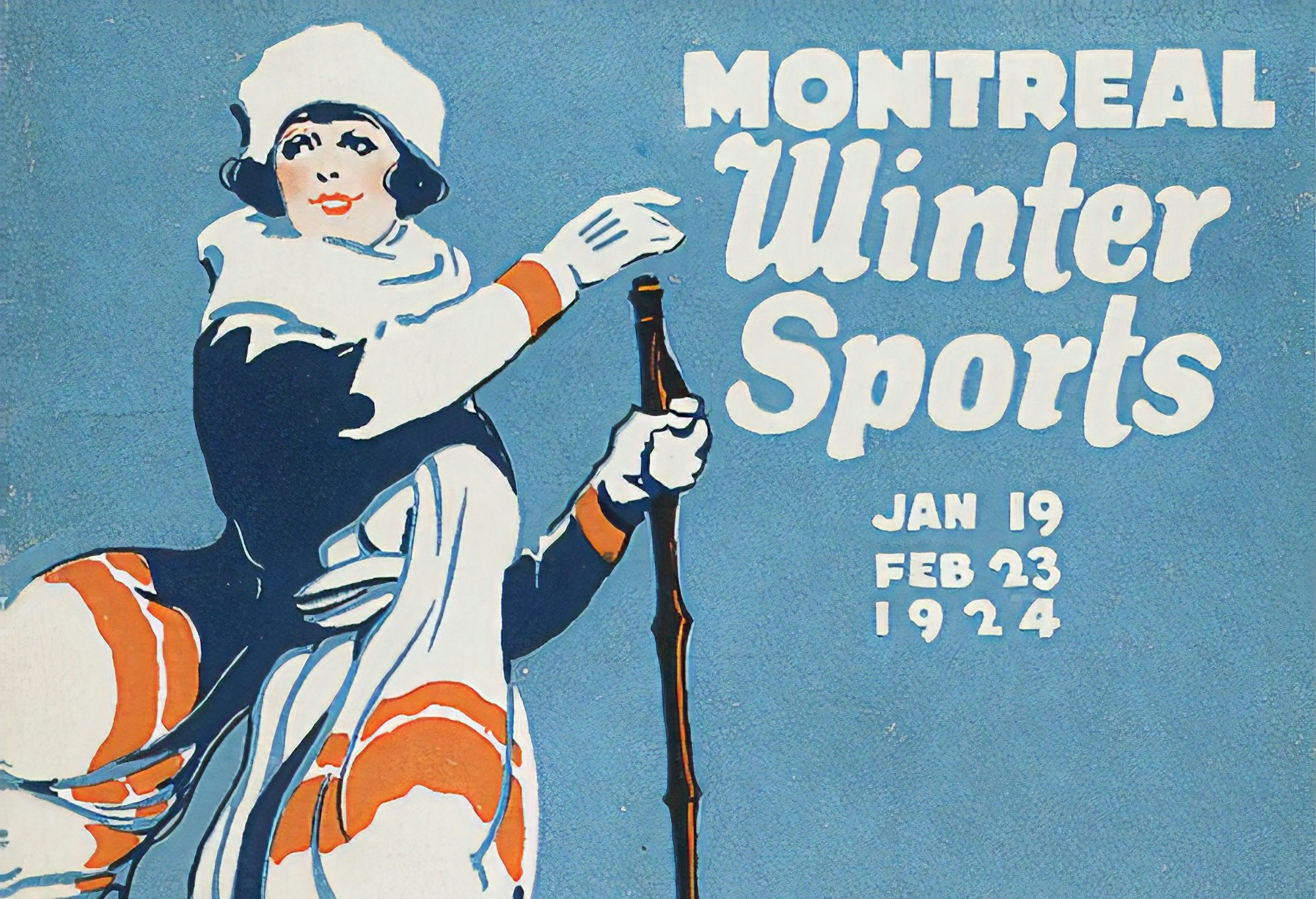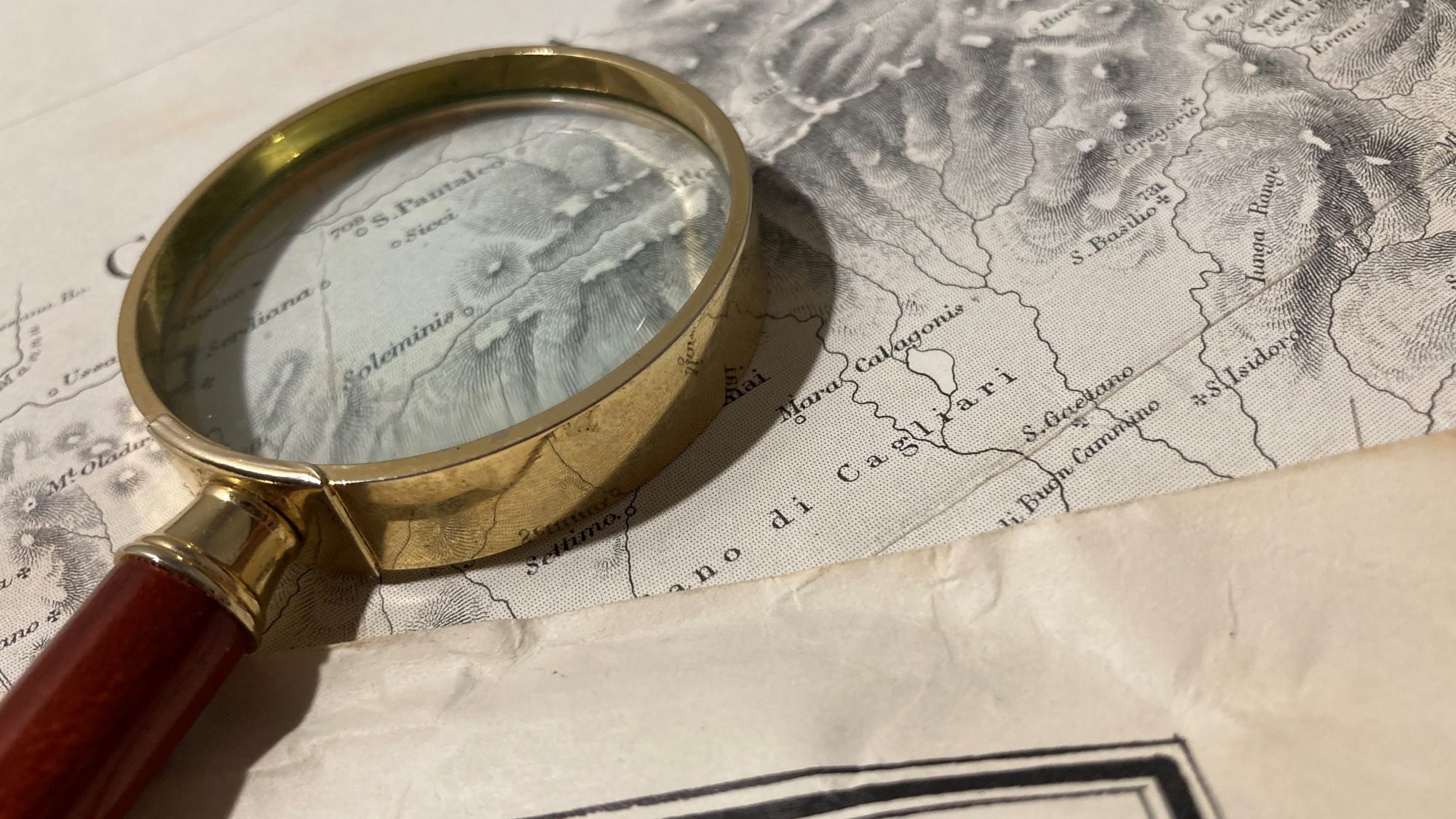
Blog
Different Types of Bookbinding
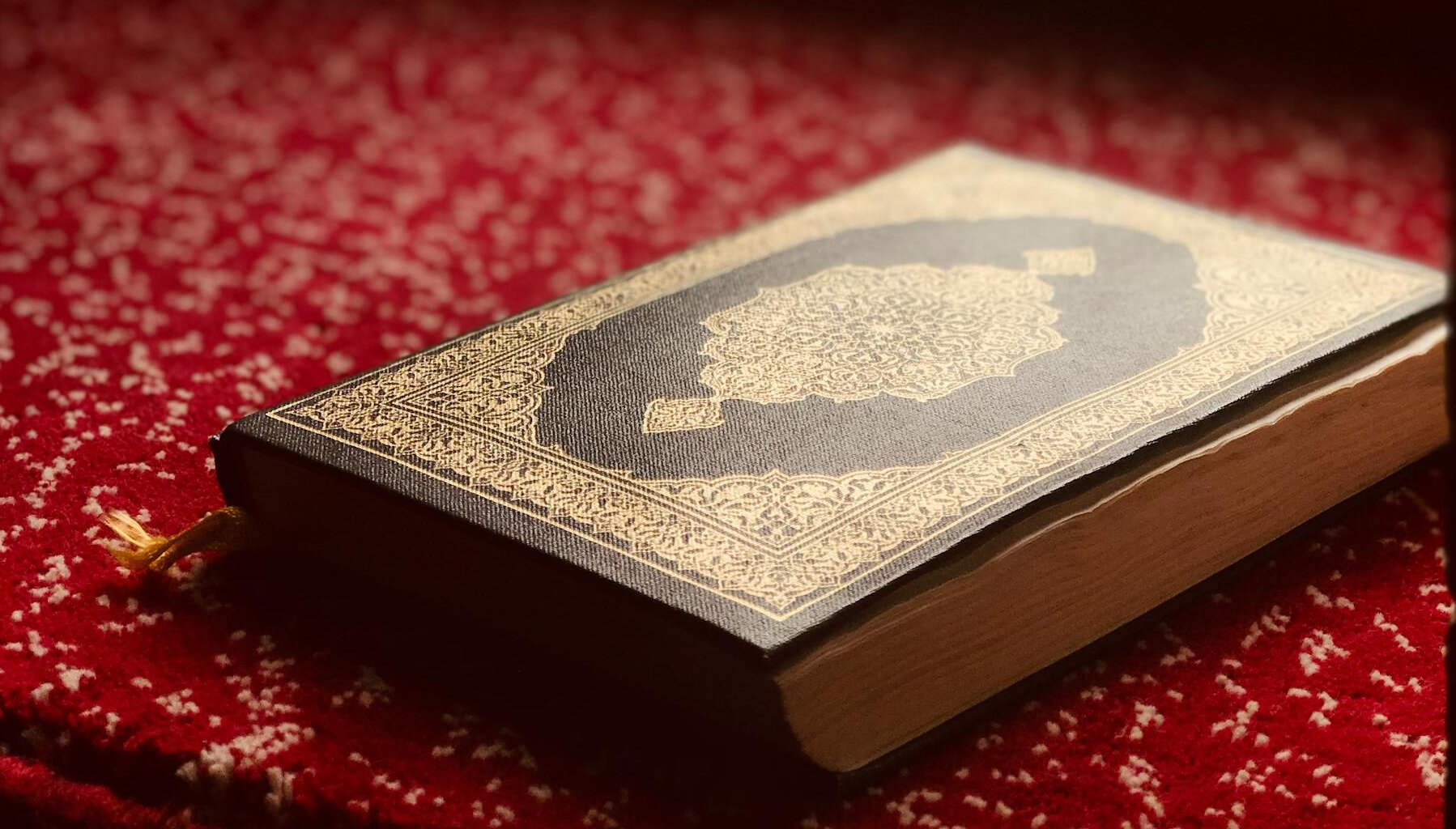
Books and Their Bindings
A book is more than its text. Loving literature is one thing, but loving books requires a deeper appreciation. Understanding the art of bookbinding is the first step to valuing books beyond their content. Different types of bookbinding tell unique stories and reflect centuries of craftsmanship.
Bookbinders need technical skills, patience, and artistic vision. Collectors often focus on rare editions, but bindings add another layer of beauty. A well-bound book is a piece of art, elevating any library.
The Standard Book Format
Before exploring different types of bookbinding, it’s important to understand the standard book format: the codex. The term “codex” comes from the Latin “caudex,” meaning tree trunk or wood block. It refers to a book made of stacked sheets, bound on one side, and covered for protection.
Before the codex, books were scrolls. The Roman poet Martial, in the 1st century, praised the codex for its convenience. By the 6th century, the codex had replaced scrolls entirely. Although the term “codex” usually refers to manuscripts before Gutenberg’s printing press, modern books also follow this format.
Common Types of Binding
As book formats evolved, so did bindings. Here are different types of bookbinding, listed chronologically:
1. Vellum or Parchment bindings
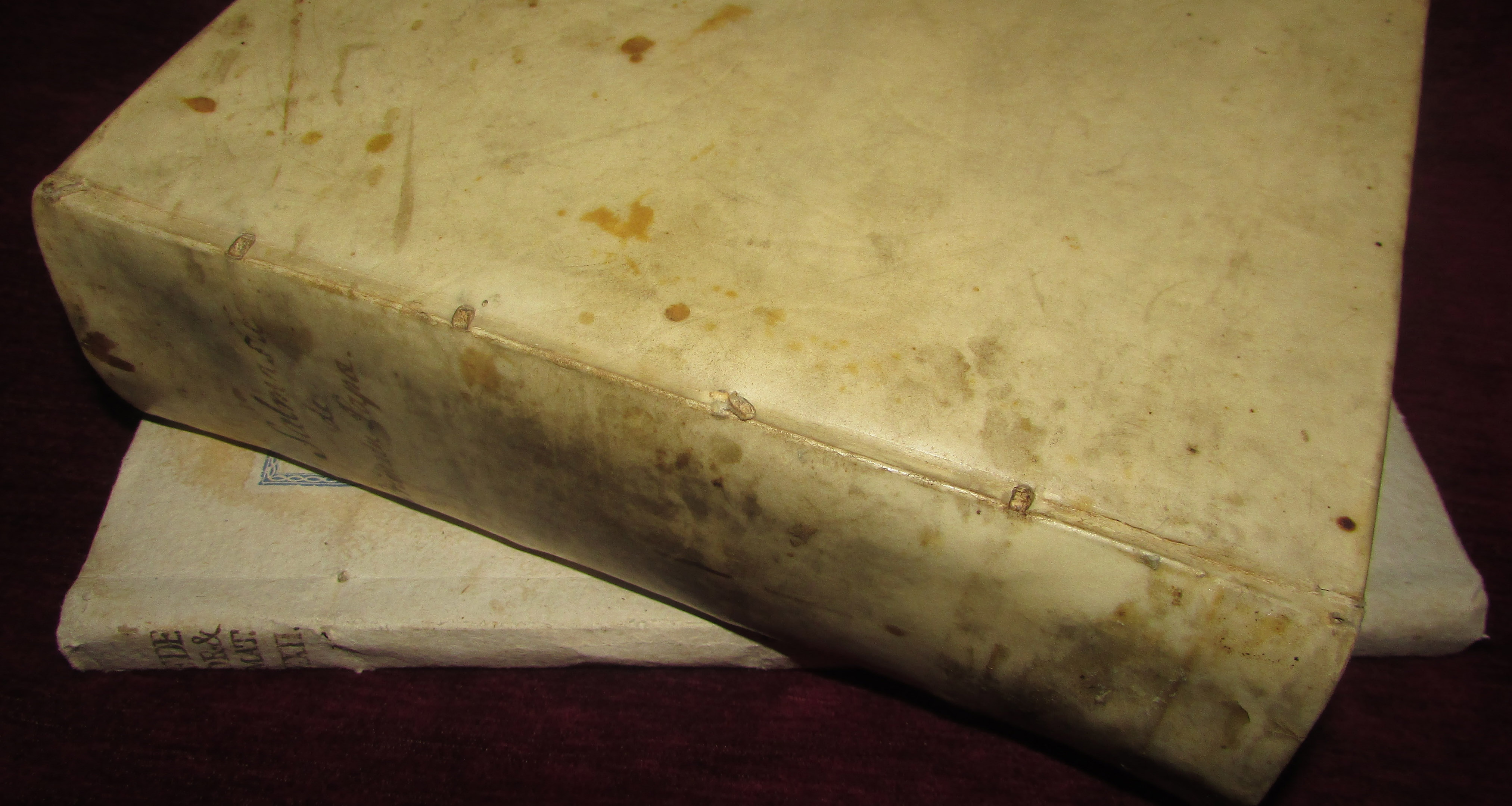
An example of early velum binding.
- Vellum comes from the Latin word “vitulinum,” meaning “made from calf.”
- This type of parchment, made from calfskin, was widely used for bookbinding.
- Vellum bindings are usually simple and undecorated.
- Books produced in large numbers were often bound in vellum.
- Parchment bindings were more flexible and used for important documents.
- Often paired with wooden boards for extra durability.
- Some vellum books feature intricate hand-tooled designs.
2. Leather bindings
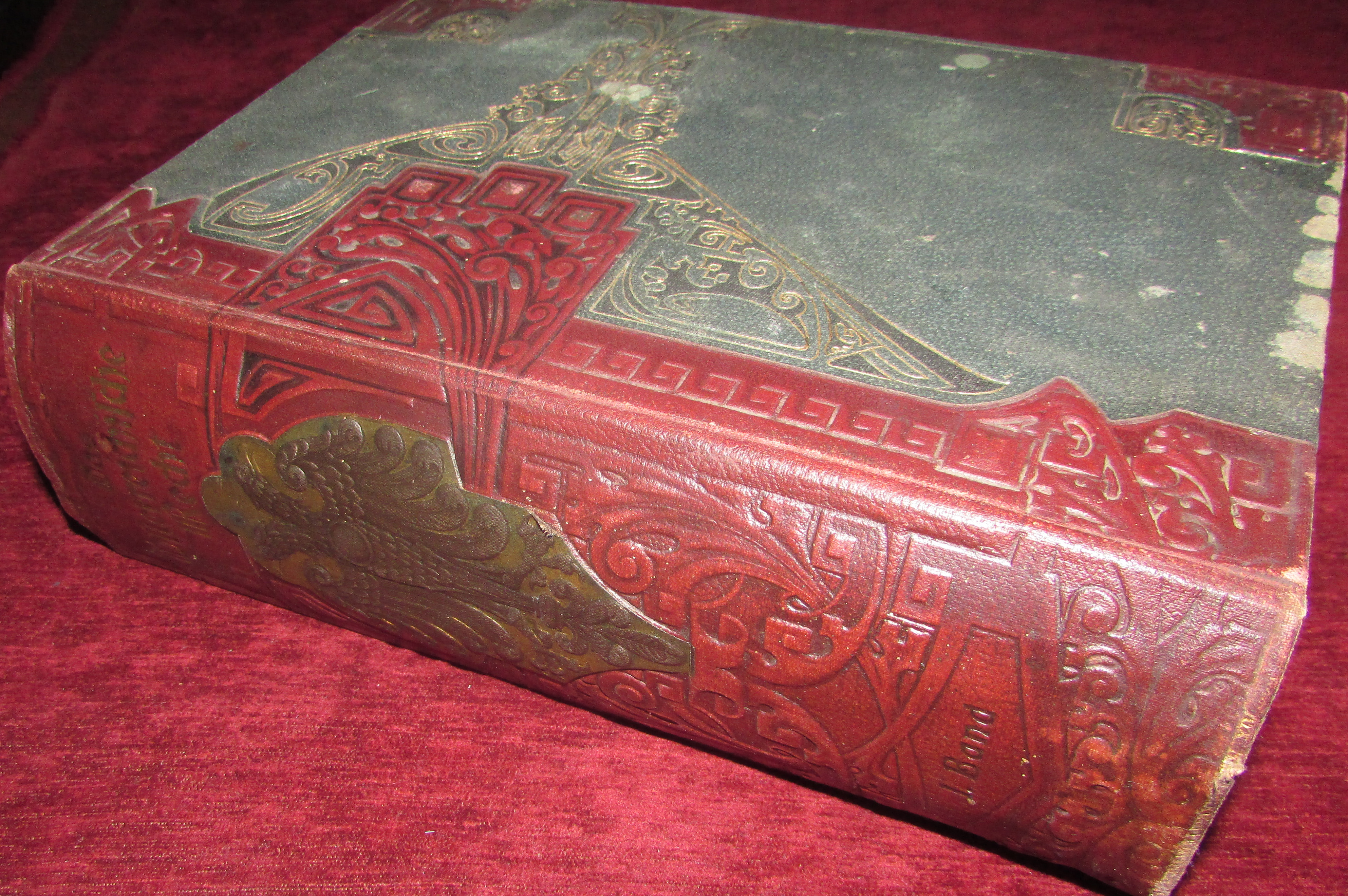
A beautifully decorated, blindstamped, and giltstamped leather binding. This type of binding stands the test of time more successfully than other varieties.
- Made from animal skins, leather bindings are durable and elegant.
- The two most common types are Calf and Morocco leather.
- Calf bindings, often light brown, were widely used.
- Morocco bindings, made from goatskin, appeared in 16th-century Europe.
- Morocco leather is colorful, durable, and highly valued by collectors.
- Some leather-bound books include gold leaf detailing.
- Often used for religious texts and important literary works.
- Leather bindings require special care to prevent cracking over time.
3. Wrappers
- A wrapper is a simple paperboard cover, the forerunner of modern paperbacks.
- This binding was common in the 18th and 19th centuries.
- Due to their fragile nature, books bound in wrappers rarely survive in perfect condition.
- Wrappers were often plain but sometimes included simple decorations.
- Typically used for pamphlets and lightweight publications.
- Some collectors prize original wrappers for their historical value.
- Often replaced with more durable bindings after purchase.
4. Original Boards
- The first covers publishers used before books were custom-bound.
- Popular from the 16th to the 19th century.
- Often plain and considered temporary, but now prized by collectors.
- Typically made from cardboard or pressed paper.
- Some original boards included handwritten labels.
- Rarely decorated, making them unique among bookbinding types.
- Often found on first editions and early printed works.
5. Cloth binding
- Introduced in the 1830s as an alternative to leather.
- Publishers used cloth covers to advertise and differentiate books.
- Became the standard for hardcover books.
- Often embossed with decorative patterns or titles.
- Used for both fiction and academic works.
- Provided a cost-effective yet durable alternative to leather.
- Many collectors seek out original cloth bindings for their historic significance.
6. Paperback binding
- Introduced in the early 20th century and mass-produced.
- Affordable and widely used due to rising literacy rates.
- Offers a larger canvas for creative cover designs.
- Became especially popular during wartime for portable reading.
- Modern paperback books come in two types: mass-market and trade paperbacks.
- Some limited-edition paperbacks feature unique artistic covers.
- Paperbacks are easy to carry but wear out faster than hardcover books.

Books with a wrapper, a cloth, and a modern paperback binding. Wrappers and paperbacks tend to degrade much faster than cloth.
Other types of bindings
- Some books feature decorative bindings with gold, silver, or gemstones.
- Leather or half-leather bindings sometimes preserve original wrappers.
- These bindings add artistic and collectible value.
- Frequently found in religious texts and royal manuscripts.
- Often custom-made for wealthy patrons or collectors.
- Can include elaborate metal clasps or intricate embossing.
- Sometimes, they are stored in protective cases to preserve their condition.
Bookbinding Decoration: Stamps and Embossing
- Leather and cloth bindings often feature gilt and blind stamps.
- Colorful multi-colored stamps became popular in the late 19th century.
- Vignettes and illustrations were stamped onto book covers for added appeal.
- Stamping techniques evolved with advancements in printing technology.
- Some books feature gold-foil stamping for a luxurious touch.
- Embossed designs can include floral patterns, crests, or intricate borders.
- Blind stamping creates an impression without color, adding texture to the binding.
Why Bookbinding Matters
The different types of bookbinding evolved for durability, affordability, and artistic expression. Beyond function, they reflect history, craftsmanship, and beauty. By recognizing their uniqueness, we can better appreciate books as both literature and art.
Photos from actual items at our Sigedon Books and Antiques store.


